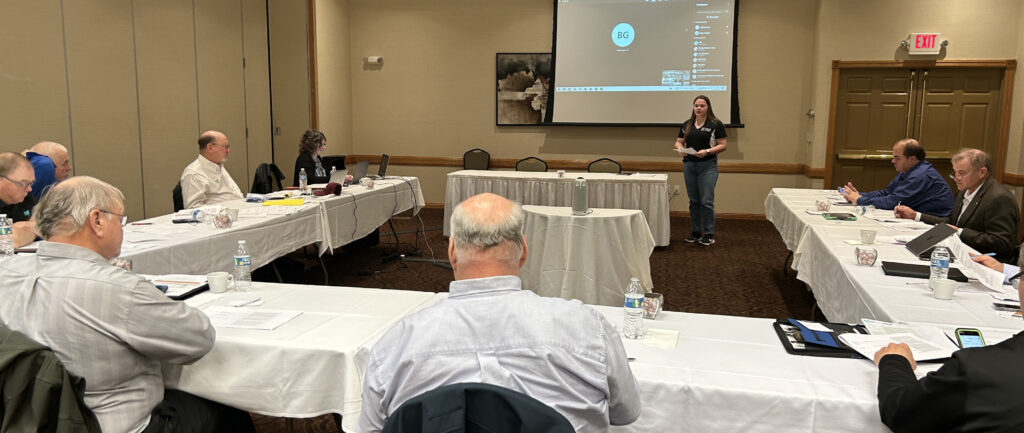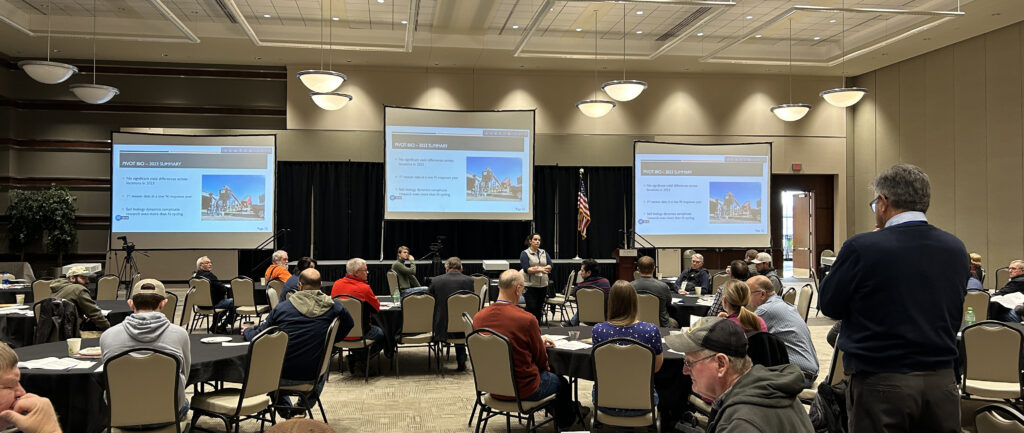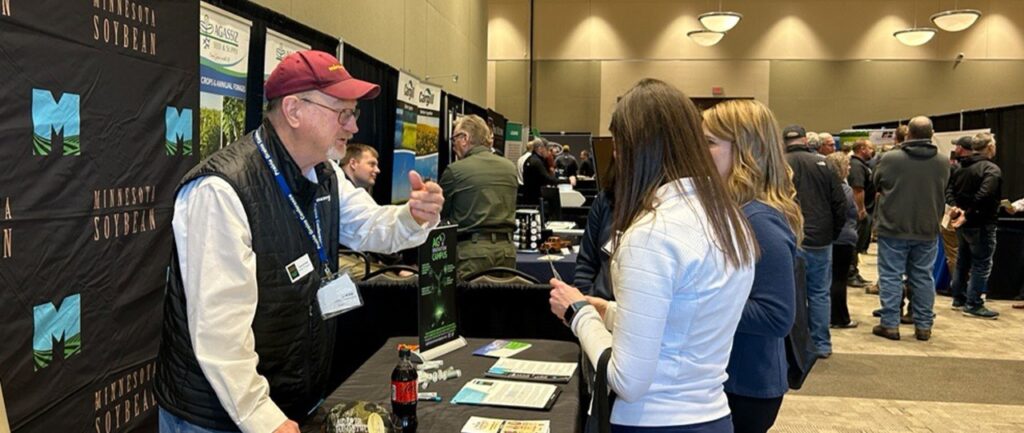Soybean aphids primarily overwinter in buckthorn. So the question becomes are you supporting soybean aphids?
If you have buckthorn on your property, the answer becomes yes, which leads to get busy and control the buckthorn.
If you know you don’t have buckthorn, then scout the neighbor’s fields and see if you can help them control it.
What if the answer is, maybe, or I don’t know? Then it’s time to scout your property.
Buckthorn is a perennial plant, usually found as a growing shrub or small tree, frequently reaching 15-25 feet tall. Identification is difficult early in the spring and midsummer as it resembles several other native bush and shrub species.
As birds frequently consume the seed, buckthorn is frequently found in clusters under taller trees, fence lines, and forest edges.
Buckthorn is easier to identify late in the season because its leaves maintain a dark green color after most other trees and shrubs have changed color and/or the leaves have fallen off.
Buckthorn tends to dominate the understory, compared to native shrubs and bushes, as it is extremely competitive, grows rapidly and has a longer growing season (leaf buds earlier in the spring and leaves remain active longer in the fall). It has even been found that leaf, bark, berries and leaf matter of common buckthorn possesses allelopathy compounds that suppress the germination of seed of many trees.
Two species of buckthorn are invasive here in Minnesota; common (Rhamnus cathartica) and glossy (Fragula alnus). Both species are nonnatives and were introduced from Europe in the early 1800s to build hedges. Both are on the Minnesota Restricted Noxious Weed List, and are illegal to sell, transport without a permit, or intentionally plant in Minnesota.
This fall, some visual identifying features are the egg-shaped leaves with a pointed tip and stout thorns on its branches for common buckthorn.
Buckthorn is a dioecious plant, so only the female plant produces a cluster of dark purple to black 1/4 inch berries. However, the berries are not edible for humans or mammals. As noted before, birds readily consume them. The berries are known to lay in the soil for six plus years, germinate, sprout and establish a new tree. If several sprout, the likelihood of buckthorn re-establishment is high.
Once identified as an individual, or as a group (cluster), the site should be mapped, preferably flagged and an action plan developed. Multiple control methods exist, including grazing, fire, physical removal and herbicides. No one plan works best for everyone; you will need to examine your situation and develop a control plan that works best for you. However, once established in an area, buckthorn control is not a one and done plan. Like any agricultural activity, a grower has to be prepared for the long fight.
Click here to learn more about buckthorn and what you can do.
Tags: buckthorn






